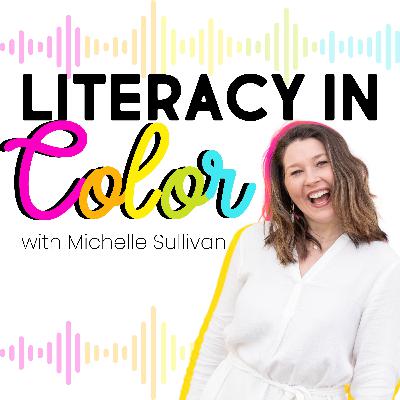54. Blending Strategies
Update: 2025-09-16
Description
Have you ever had a student rattle off the sounds in a word—/b/… /a/… /t/, only to say “tab,” “balloon,” or even “chicken”? If so, you’re not alone. And here’s the thing: these blending errors aren’t always decoding issues. Often, they’re tied to working memory.
In this solo episode of Literacy in Color, we unpack why blending matters, what research tells us, and most importantly, practical scaffolds you can use tomorrow to support students who struggle.
Key Takeaways:
- The difference between Additive Sound-by-Sound Blending and Whole Word Blending
- Why connected phonation is more effective than traditional sound-by-sound blending (Gonzalez-Frey & Ehri, 2021)
- Several scaffolds to lighten the working memory load: reducing phonemes, continuous blending, backing up to phonemic awareness, and backward decoding, etc.
- How the gradual release of responsibility helps students build independence and automaticity
- The natural transition from oral → whisper → silent blending as students gain fluency
Connect with Me:
- Follow me on Instagram: @michelle_thecolorfulclassroom & @logosliteracyacademy
- Join our Facebook Community
- Sign up for my Newsletter
- Shop on TPT: The Colorful Classroom
- Visit: www.michelleandthecolorfulclassroom.com
- Join The COLORFUL Literacy Toolkit Membership
Want to Support the Podcast?
- Make a Donation to Support Production
Interested in Learning More about Morphology?
- Take our Course: Mastering Morphology: Foundations for Every Educator
Comments
In Channel





